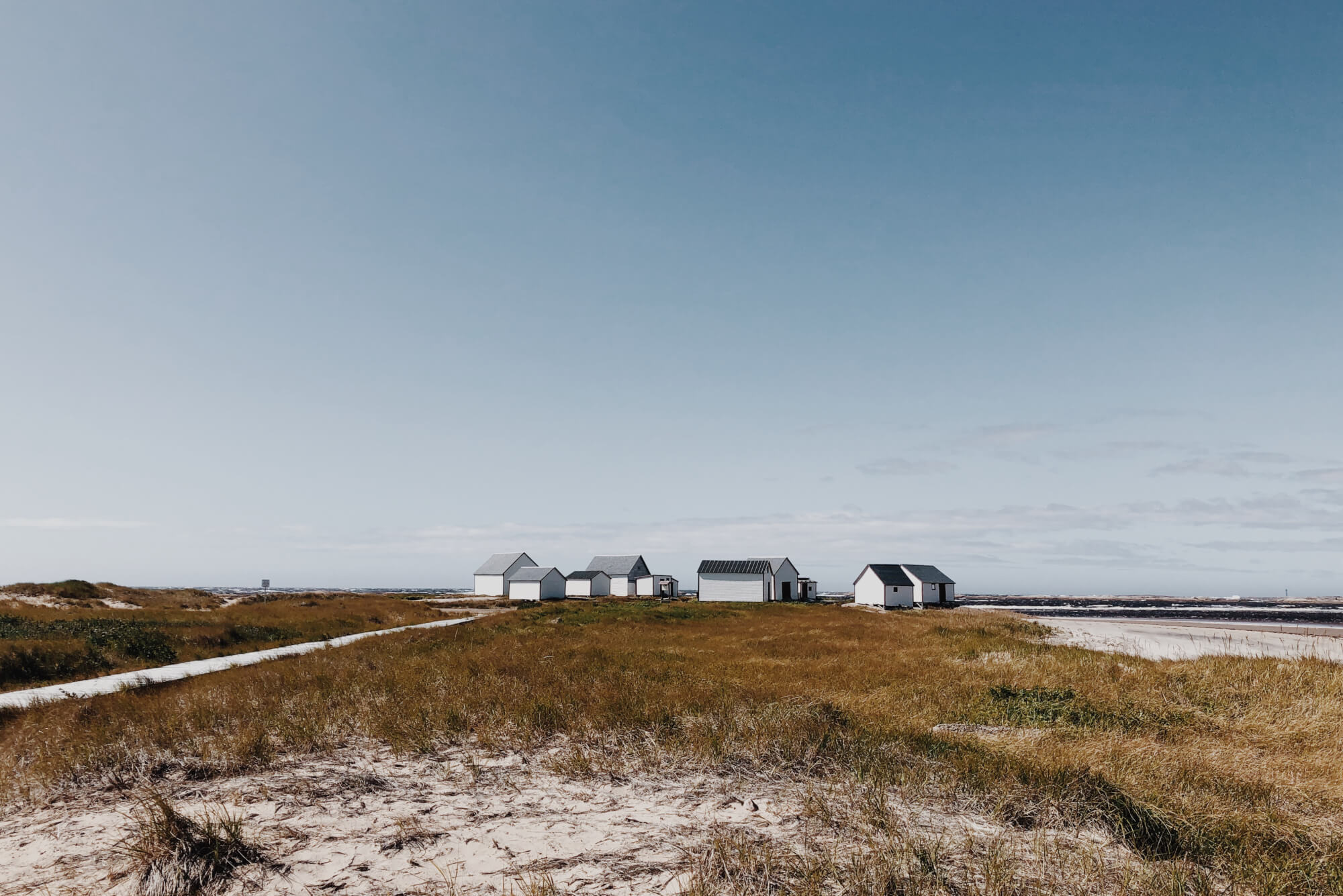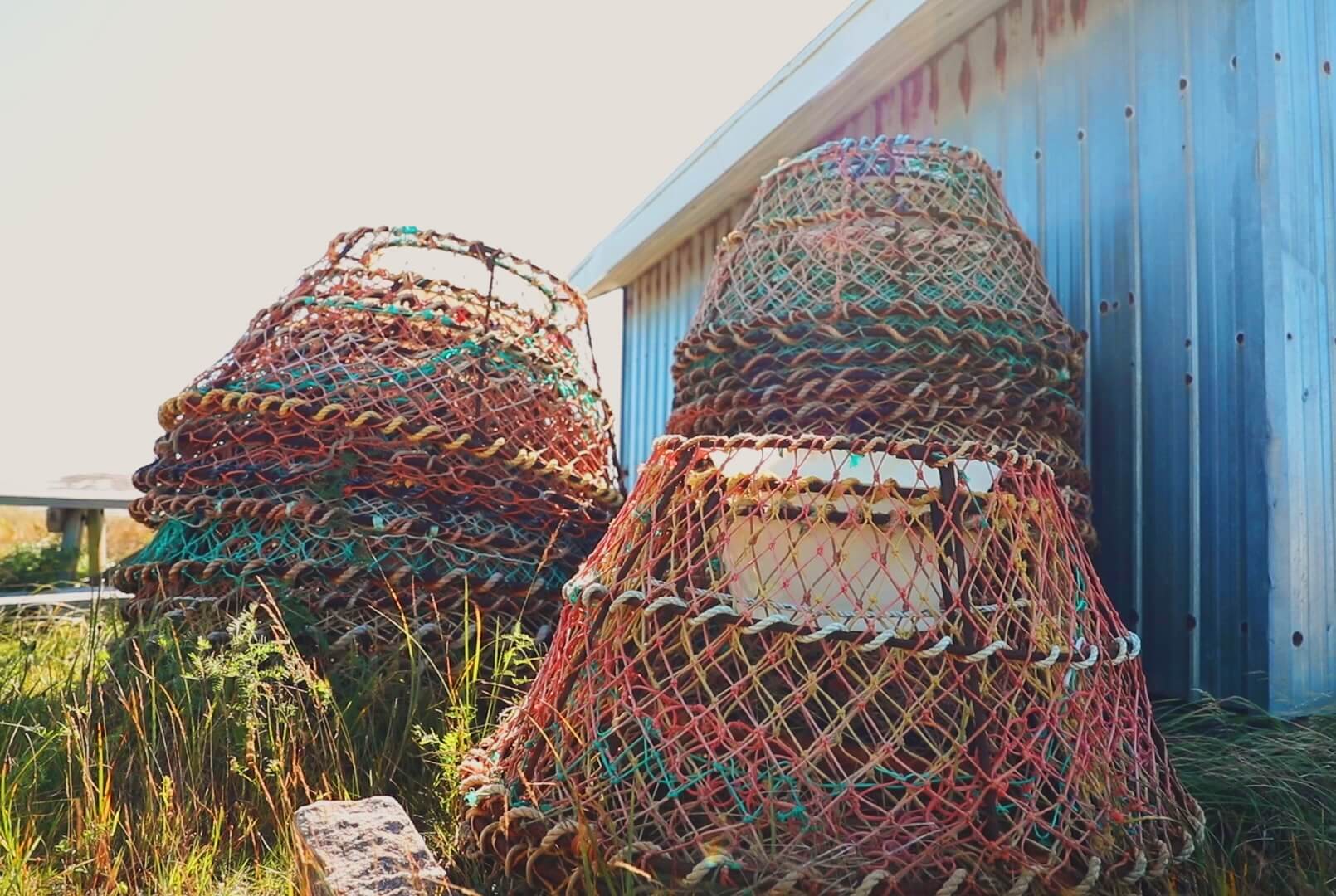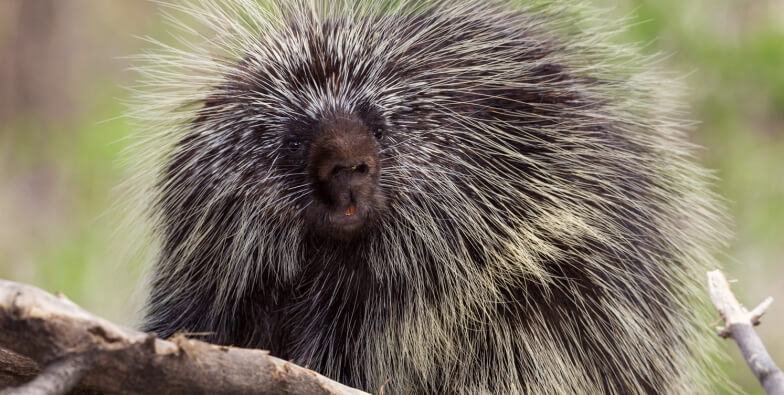This article is part of a series of portraits of people involved in some way with whales on the North Shore of Quebec. As part of the Whale Route Documentation Project, meet these colourful characters who define the face of the region. Discover their stories that will bring you to life or relive the wonderful stories of the St. Lawrence River and its giant marine creatures!
Natashquan natives Paulette and Camil Landry run a small B&B at the entrance to the village called Gîte et Chalets Paulette Landry. For several years, and well before the village was connected by Route 138, the couple has been hosting tourists and workers passing through their neck of the woods. Their B&B stands at the edge of the sea, just a stone’s throw from Natashquan Bay. The warm welcome of the couple is known throughout Quebec’s Côte-Nord region, not to mention Paulette’s homemade jams made from a variety of wild berries!
A small boat is out back: Camil is fishing! But what about the whales? “In the past, there were baleinots in Natashquan Bay, but overfishing took its toll on the fish several years ago,” says Paulette, toasting a slice of homemade bread on a hanger over the stove. Fewer fish means fewer whales.
“In the past, there were baleinots in Natashquan Bay, but overfishing took its toll on the fish several years ago” – Paulette Landry
Paulette has just unconsciously testified to the time when cod were abundant in the bay and the “fisherman huts” were used for storage for this once prosperous fishery.
Paulette and Camil affectionately refer to whales as baleinots. It’s not uncommon to hear locals use this term for cetaceans. Historian Guy Côté explains that on the North Shore, men named Jacques or Pierre are nicknamed Jacquot and Pierrot, so whales also have their diminutive name: baleinots.
But the whales are gone, and so, too are the cod. A phenomenal increase in shrimp and snow crab occurs as Atlantic cod stocks dwindle, allowing some fishermen to make the switch to these two species to earn their living. Others, such as Camil and Paulette, benefit from the new Route 138 connecting the Basse-Côte-Nord (Lower North Shore) and ensuing tourism that creates new economic opportunities for Natashquan.
Despite the past, which continues to leave traces on the health of marine ecosystems, Paulette and Camil claim that it is possible to regularly observe whales beyond the bay in summer. With a little patience or luck, minke whales and various other cetaceans can commonly be observed from the tip of the rocky outcrop known as “Les Galets”.
Camil notes that in Natashquan, it is rather the porcupine that is omnipresent. He mentions that every year there are a number of road kills involving this species.
He lets us take the wheel, advising us to watch out for the quill-covered critters.








